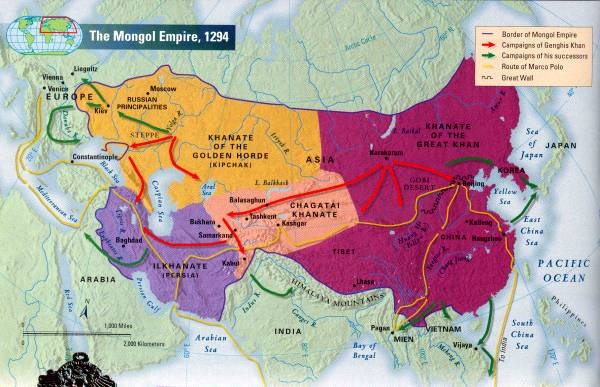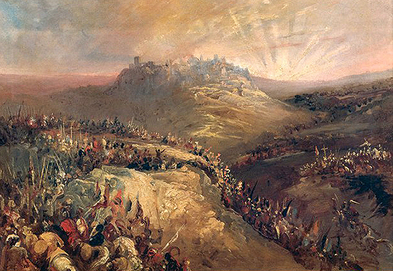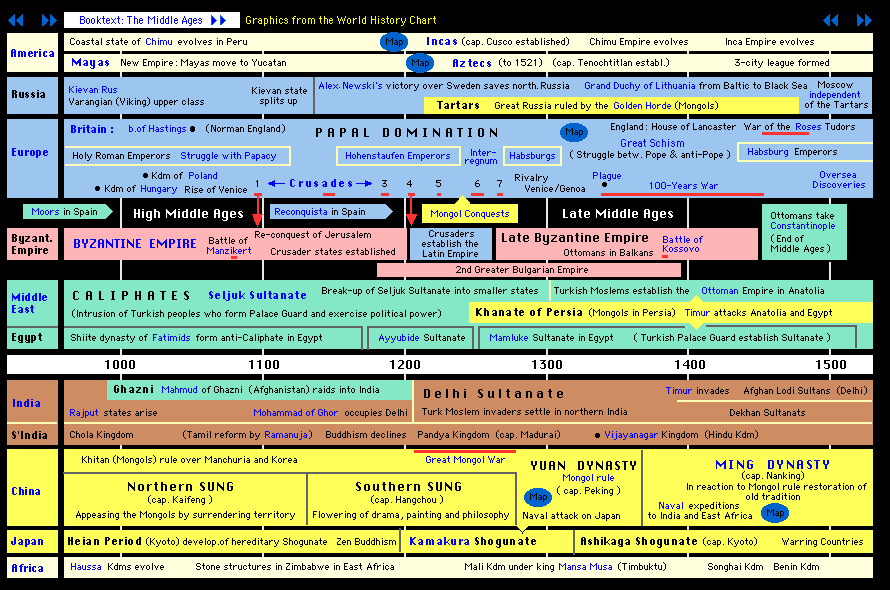BASIC GIST
Group 6
Rea Maci, Peter Doucet, Taylor Timmreck (Basic Gist) , Hailey Bradley
The Tang
The Tang Dynasty in China ruled for about 300 years form 618 to 907. Li Shih-min the leader of this great dynasty accomplished many things. This dynasty made advancements in foreign relations, centralized the government, and unified the culture. The emperor’s economic skill made China the wealthiest nation at this time. The Tang built on the previous dynasty’s accomplishments. The Sui had built the Grand Canal which facilitated trade throughout China. The Tang also unified Northern and Southern China by combining both of their cultural traditions and unifying them under a single rule. The religious policy at this time was different than its surrounding nations, where religious tolerance was rare, China accepted all religions ranging from Buddhism to Christianity, they encouraged the formation of religious groups.
The Abbasid
The Abbasid Dynasty ruled between the 758-1258 AD. The Abbasid’s overthrew the Umayyad’s because they had differing religious views. The Abbasid’s heavily relied on the Persian’s for support during the fight against the Umayyad’s. This joining of two cultures made the Abbasid’s more diverse by combining Persian ideas with Arab ideas. This had negative affects for the Abbasid’s, this created a hatred from other Arab cultures that used to support them during the undertaking of the Umayyad’s. These fissures led to problems within the empire eventually leading to its downfall.
The Mongols
The Mongols were a fearless empire that ruled during the 13th and 14th centuries A.D. The Mongol’s began in the Central Asian steppes and expanded all the way to Europe making this the largest land empire in all of history. The Mongol emerged form the unification of Mongol and Turkish tribes. Genghis Khan was the proclaimed ruler of the Mongols in 1206. Khan was the main cause for invasions in one place after another. Genghis Khan led these brutal invasions with mass murders and rape. The mass empire that he created once again connected East to West and connected trade routes making trade more accessible to all and increasing economic growth to many places.
The Crusades
The Crusades were called to action by Pope Urban II, he sent knights on 13 Crusades into the Middle East. The Pope wanted to reclaim the holy lands that were invaded by the Muslims. The Crusades went on for 200 years this created increasing religious conflict between Muslims and Christians. The Christians wanted the holy cities of Palestine and Jerusalem back for themselves while the Muslims didn’t mind the visits because they created more economic activity.
The Tang Dynasty in China ruled for about 300 years form 618 to 907. Li Shih-min the leader of this great dynasty accomplished many things. This dynasty made advancements in foreign relations, centralized the government, and unified the culture. The emperor’s economic skill made China the wealthiest nation at this time. The Tang built on the previous dynasty’s accomplishments. The Sui had built the Grand Canal which facilitated trade throughout China. The Tang also unified Northern and Southern China by combining both of their cultural traditions and unifying them under a single rule. The religious policy at this time was different than its surrounding nations, where religious tolerance was rare, China accepted all religions ranging from Buddhism to Christianity, they encouraged the formation of religious groups.
The Abbasid
The Abbasid Dynasty ruled between the 758-1258 AD. The Abbasid’s overthrew the Umayyad’s because they had differing religious views. The Abbasid’s heavily relied on the Persian’s for support during the fight against the Umayyad’s. This joining of two cultures made the Abbasid’s more diverse by combining Persian ideas with Arab ideas. This had negative affects for the Abbasid’s, this created a hatred from other Arab cultures that used to support them during the undertaking of the Umayyad’s. These fissures led to problems within the empire eventually leading to its downfall.
The Mongols
The Mongols were a fearless empire that ruled during the 13th and 14th centuries A.D. The Mongol’s began in the Central Asian steppes and expanded all the way to Europe making this the largest land empire in all of history. The Mongol emerged form the unification of Mongol and Turkish tribes. Genghis Khan was the proclaimed ruler of the Mongols in 1206. Khan was the main cause for invasions in one place after another. Genghis Khan led these brutal invasions with mass murders and rape. The mass empire that he created once again connected East to West and connected trade routes making trade more accessible to all and increasing economic growth to many places.
The Crusades
The Crusades were called to action by Pope Urban II, he sent knights on 13 Crusades into the Middle East. The Pope wanted to reclaim the holy lands that were invaded by the Muslims. The Crusades went on for 200 years this created increasing religious conflict between Muslims and Christians. The Christians wanted the holy cities of Palestine and Jerusalem back for themselves while the Muslims didn’t mind the visits because they created more economic activity.



